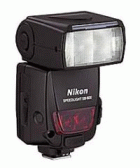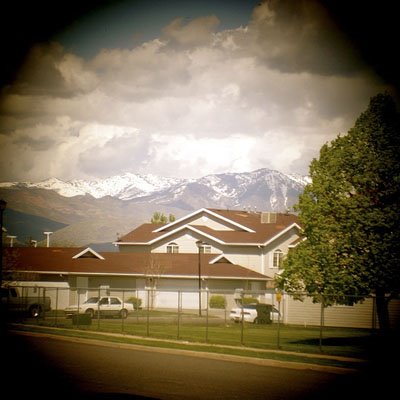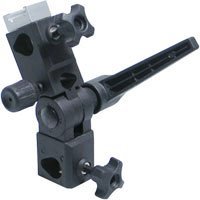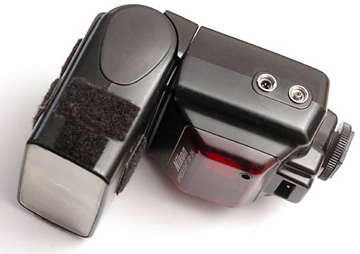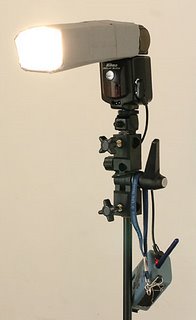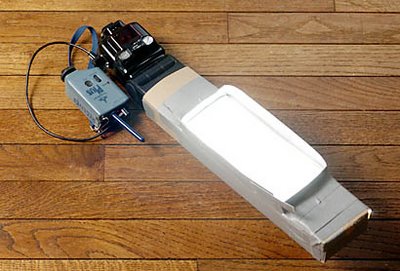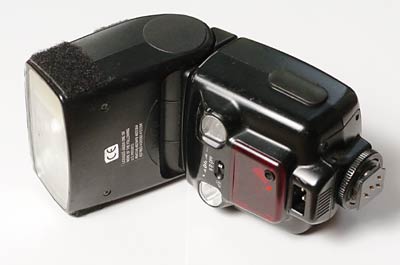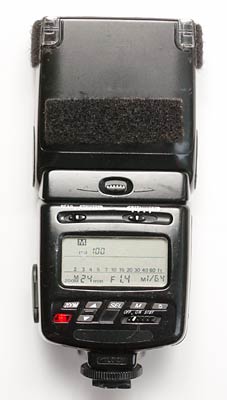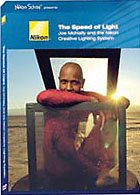You guys seem pretty unanimous, for a group that does not yet know what they have gotten themselves into, (heh, heh.)
I will plan out a group of, say, half a dozen assignments. Expect the first one in a couple of weeks, as more than a few of you have recently ordered some new gear and may just be getting used to it.
I used to do something like this back when I taught at a local college, and it always amazed me to see what students came up with within the constraints of the assignments. The restrictions will definitely help you focus your efforts.
Broad strokes, here is how it'll work:
I will come up with a list of assignments. They will start easy, and get progressively more involved. Each assignment will have a subject matter/theme/genre. Each assignment will also be shot using a particular off-camera skill, to be explained when the assignment is given.
Each assignment will have a deadline. Probably in the neighborhood of two weeks. Participation is, of course, voluntary, but deadlines are deadlines.
No pre-existsing photos, please. You're on the honor system on this one (although I suppose we could check EXIF data if pressed.) Most of the assignments will be specific enough as to make this rule difficult to circumvent, anyway.
I am going to try to hit my vendors up for a couple of interesting premiums for, say, the best three overall photos from the entire course. If I am not successful at this, we will get a little creative and see what we can come up with.
To "turn in" the assignment, you will simply post it to the Strobist Flickr group, with the assigned tag. That way we will all be able to easily pull just the pictures from a particular assignment to look at. I have checked this out and it works great.
Here's the first curve ball: For each assignment, you turn in one picture. No more, no less. This is not as draconian as it sounds, as it is easy to change tags after the fact in Flickr, thereby swapping your entry. But I wanna see your "A" pic. You have to choose. This will keep the number of photos to a sane level.
So, let that percolate a bit, and please spread the word out in the ether before the start if you are able. We have a little time, and this could be a really neat project if we got some serious numbers participating.
In the meantime, I have an On Assignment almost ready to throw up on shooting strobe into the sunset. I would do it tonight, but I was out in the field shooting (literally, out in a field) and some nasty allergin of some sort had my eyes swollen up so much that they were darn near shut.
So, I am off to take a Benadryl (or two) and sleep the sleep of the drugged for as many hours as I can string together tonight.
I'm really looking forward to this. Should be fun, and yield some great dialog once all of the photos are posted each time.
I will plan out a group of, say, half a dozen assignments. Expect the first one in a couple of weeks, as more than a few of you have recently ordered some new gear and may just be getting used to it.
I used to do something like this back when I taught at a local college, and it always amazed me to see what students came up with within the constraints of the assignments. The restrictions will definitely help you focus your efforts.
Broad strokes, here is how it'll work:
I will come up with a list of assignments. They will start easy, and get progressively more involved. Each assignment will have a subject matter/theme/genre. Each assignment will also be shot using a particular off-camera skill, to be explained when the assignment is given.
Each assignment will have a deadline. Probably in the neighborhood of two weeks. Participation is, of course, voluntary, but deadlines are deadlines.
No pre-existsing photos, please. You're on the honor system on this one (although I suppose we could check EXIF data if pressed.) Most of the assignments will be specific enough as to make this rule difficult to circumvent, anyway.
I am going to try to hit my vendors up for a couple of interesting premiums for, say, the best three overall photos from the entire course. If I am not successful at this, we will get a little creative and see what we can come up with.
To "turn in" the assignment, you will simply post it to the Strobist Flickr group, with the assigned tag. That way we will all be able to easily pull just the pictures from a particular assignment to look at. I have checked this out and it works great.
Here's the first curve ball: For each assignment, you turn in one picture. No more, no less. This is not as draconian as it sounds, as it is easy to change tags after the fact in Flickr, thereby swapping your entry. But I wanna see your "A" pic. You have to choose. This will keep the number of photos to a sane level.
So, let that percolate a bit, and please spread the word out in the ether before the start if you are able. We have a little time, and this could be a really neat project if we got some serious numbers participating.
In the meantime, I have an On Assignment almost ready to throw up on shooting strobe into the sunset. I would do it tonight, but I was out in the field shooting (literally, out in a field) and some nasty allergin of some sort had my eyes swollen up so much that they were darn near shut.
So, I am off to take a Benadryl (or two) and sleep the sleep of the drugged for as many hours as I can string together tonight.
I'm really looking forward to this. Should be fun, and yield some great dialog once all of the photos are posted each time.



